Online Retail in Germany Poised for Steady Growth Through 2030, IFH KÖLN Reports
Reading Time: 3 minutesOnline retail spending in Germany is entering a renewed growth phase after…
Imagine Jane, a savvy online shopper, scrolling through Instagram when she stumbles upon a product that piques her interest. Intrigued, she heads over to Amazon to check out reviews. The positive feedback convinces her to visit the product’s website, where she finally makes her purchase. This seamless journey of selling and buying across multiple sales channels is the epitome of modern shopping behavior. The uses, advantages, and benefits (FAB) of multichannel selling come from the trajectory of this journey.
In today’s digital landscape, customers like Jane interact with brands through various channels before making a buying decision. This interconnected experience is the essence of multichannel selling. So, by engaging customers across different platforms, you can enhance their shopping journey and boost your sales potential.
In this blog, we delve into the top 10 benefits and advantages of adopting a multichannel selling strategy, underscoring its uses and importance for your business’s success across multiple sales channels.
In an increasingly digital world, adopting a multichannel selling strategy isn’t just a smart move—it’s crucial for fueling business growth. Moreover, by leveraging multiple platforms, businesses can not only expand their reach but also enhance customer experience, reduce risks, and increase sales opportunities. Let’s explore these benefits in detail.
Multichannel selling significantly expands your audience reach. By leveraging various platforms such as online marketplaces, social media, and physical stores, you can attract a more diverse customer base. For example, selling on Amazon and eBay can expose your products to millions of potential buyers who might not visit your website. According to reports, 52% of online shoppers start their product searches on marketplaces like Amazon.
Today’s customers interact with brands through multiple touchpoints before making a purchase. Multichannel selling enhances these touchpoints, increasing brand awareness and engagement. So, whether a customer discovers your product on Instagram or through a Google search, maintaining a presence across various channels strengthens your brand’s visibility and reliability.
Selling on multiple sales channels means more sales opportunities. By being present where your customers are, you can capture more sales that would have been missed if you were limited to a single channel. Case studies have shown that businesses that use multichannel selling strategies often see a significant boost in sales.
Relying on a single sales channel is risky. Changes in algorithms, policy updates, or market shifts can drastically impact your sales. As a result, diversifying through multichannel selling mitigates these risks by spreading your business across multiple platforms, ensuring stability even if one channel underperforms. For example, when eBay experienced a major outage in 2014, many businesses saw a significant dip in sales, highlighting the importance of not relying on a single platform and using multiple sales channels.
Providing a seamless experience across all touchpoints is essential for customer satisfaction. Multichannel selling allows you to offer consistent branding and messaging, making it easier for customers to trust and engage with your brand. This consistency leads to better customer retention and loyalty.
Multichannel strategies generate more data, giving you deeper insights into customer behavior and preferences. Moreover, this data is invaluable for refining your marketing strategies and improving overall business decisions. Tools like Google Analytics and SEMrush can help track performance and optimize your approach.
Managing inventory across multiple channels can be challenging, but it’s crucial for avoiding stockouts and overstocks. So, using inventory management systems can streamline this process, ensuring efficient stock management and order fulfillment.
Multichannel selling can lead to better cost management by allowing you to compare costs across different platforms. This comparison helps identify the most cost-effective channels, optimizing your budget allocation. Effective cost management ultimately improves your profit margins. A study by Deloitte found that companies using multichannel strategies see a 30% reduction in operational costs.
Scaling your business is easier with a multichannel approach. You can test new markets and channels without significant investment, adjusting your strategy based on performance. This flexibility supports sustainable growth and scalability.
Using one channel to promote others is a powerful strategy in multichannel selling. For instance, promoting your Etsy store on your Facebook page can drive traffic and increase sales. Effective cross-promotion boosts engagement and helps build a loyal customer base.
To effectively implement multichannel selling uses, it’s crucial to understand the different channels available. In fact, each channel offers unique advantages to multichannel selling and can cater to various segments of your customer base. So, here’s a look at some of the most popular channels for multichannel selling.
Platforms like Amazon, Walmart, eBay, and Etsy offer access to vast customer bases. These marketplaces provide the infrastructure and audience, making it easier to start selling quickly.
TikTok, Facebook, Instagram, and Pinterest are excellent for engaging customers and driving direct sales. Leveraging social media ads and influencers can significantly boost your reach and sales.
Having a dedicated eCommerce website is crucial for brand identity and customer trust. It allows for complete control over the shopping experience and customer data.
Brick-and-mortar stores play a vital role in a multichannel strategy. Moreover, they offer a tangible shopping experience and serve as additional customer touchpoints.
Mobile commerce apps are increasingly popular, providing convenience for on-the-go shoppers. Additionally, utilizing push notifications and in-app promotions can enhance customer engagement and sales. As per a recent survey, over 60% of U.S. adults believe mobile shopping makes online shopping more convenient.
Breaking down the multichannel selling process into actionable steps makes it manageable and simplified. So, here’s everything you need to do to reap the benefits of multichannel selling:
Research your target audience and choose the most relevant channels based on their preferences and shopping habits.
Assess the resources needed, including personnel, budget, and technology. Start with manageable additions to your existing strategy.
Select popular options like online marketplaces, social media platforms, and physical stores that align with your business goals to gain the best advantages of the uses of multichannel selling.
Choose an integration solutions provider such as CedCommerce to integrate your online store with the chosen marketplaces. This will help automate and centralize your store operations.
Create engaging content tailored to each of the multiple sales channels and their audience, ensuring consistency in branding and messaging.
Monitor performance across channels using tools like Google Analytics and adjust your strategy based on data insights.
Leveraging the right technology and tools is crucial to get the best advantage of multichannel selling. Here are all the tools you need for selling on multiple sales channels:
Tools like TradeGecko, Zoho Inventory, and Cin7 help track stock levels across multiple sales channels, ensuring efficient inventory management.
Solutions like HubSpot, Salesforce, and Zoho CRM manage customer interactions and data, enhancing customer relationships.
Platforms like Orderhive and Brightpearl automate and streamline order processing, improving operational efficiency.
Google Analytics, Hotjar, and SEMrush provide insights into performance and customer behavior, helping optimize your strategy.
Tools like Mailchimp, Omnisend, and Klaviyo automate email, SMS, and social media marketing campaigns, boosting engagement.
CedCommerce offers solutions to integrate eCommerce channels, providing centralized store management for better efficiency.
Common challenges that occur when you use a multichannel selling strategy include managing inventory, maintaining consistent branding, and handling logistics. Moreover, solutions involve using advanced tools and software to streamline operations.
Effective inventory management requires tools like TradeGecko and Zoho Inventory to track stock levels and ensure efficient order fulfillment.
Consistency in branding is essential to get the advantages of multichannel selling uses. It can be achieved by developing a clear content strategy and using tools that ensure uniform messaging across platforms.
Costs can include platform fees, marketing expenses, and technology investments. Managing these costs involves careful budgeting and choosing cost-effective channels.
Success can be measured using key metrics such as sales growth, customer retention, and engagement rates. Tools like Google Analytics help track these metrics.
Best practices to capitalize on the advantages and benefits of multichannel selling include starting with a few channels, using data to drive decisions, maintaining consistent branding, and leveraging technology for efficiency.
CedCommerce offers integration solutions that centralize store management, streamline operations, simplify multichannel selling uses, and enhance the overall efficiency of your multichannel strategy.
Adopting a multichannel selling strategy to your advantage is essential for modern businesses looking to expand their reach, enhance customer experience, and drive sales growth. By leveraging various channels, businesses can meet customers where they are, provide a seamless shopping experience, and gain valuable insights through data analysis. As you consider or optimize your multichannel strategy, remember to invest in the right technology, continuously analyze performance, and stay adaptable to changing customer behaviors. Ready to transform your business? Start implementing your multichannel strategy today and watch your business thrive.

Reading Time: 3 minutesOnline retail spending in Germany is entering a renewed growth phase after…

Reading Time: 4 minutesTikTok Shop has released a comprehensive Beauty and Personal Care Products Policy,…

Reading Time: 4 minutesTikTok Shop has formally outlined comprehensive requirements for expiration date labeling and…

Reading Time: 3 minutesTikTok Shop is raising its sales commission for merchants across five active…

Reading Time: 11 minutesBy now you have seen your BFCM 2025 numbers. The harder question…
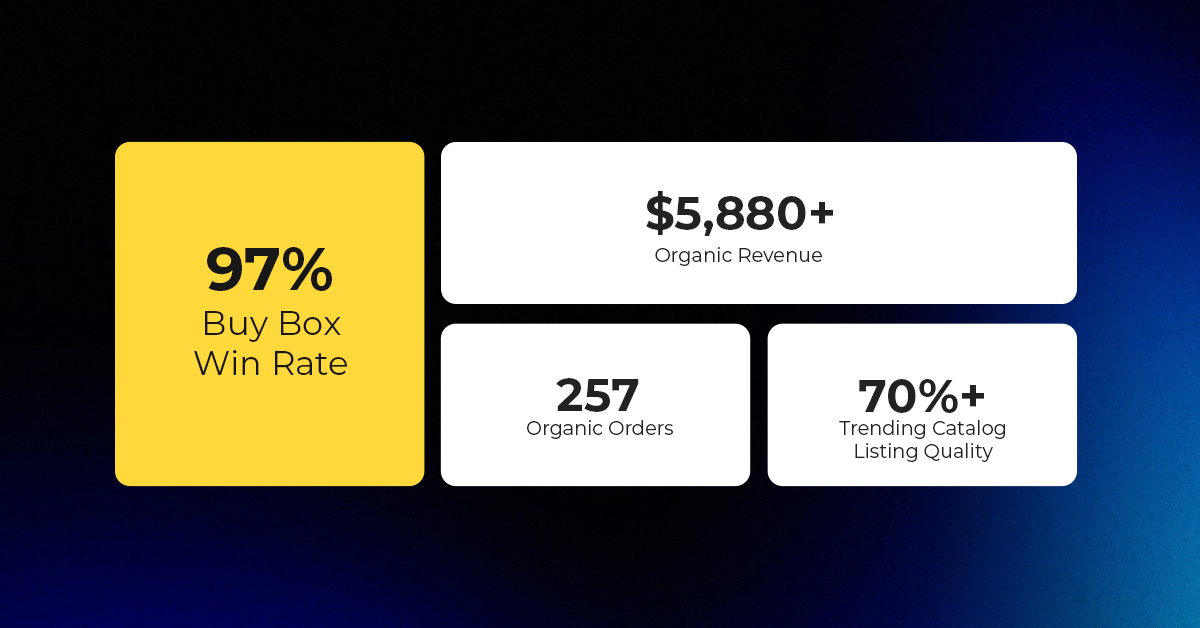
Reading Time: 3 minutesAbout the Brand Name: Vanity Slabs Inc Industry: Trading Slabs- Vanity Slabs…
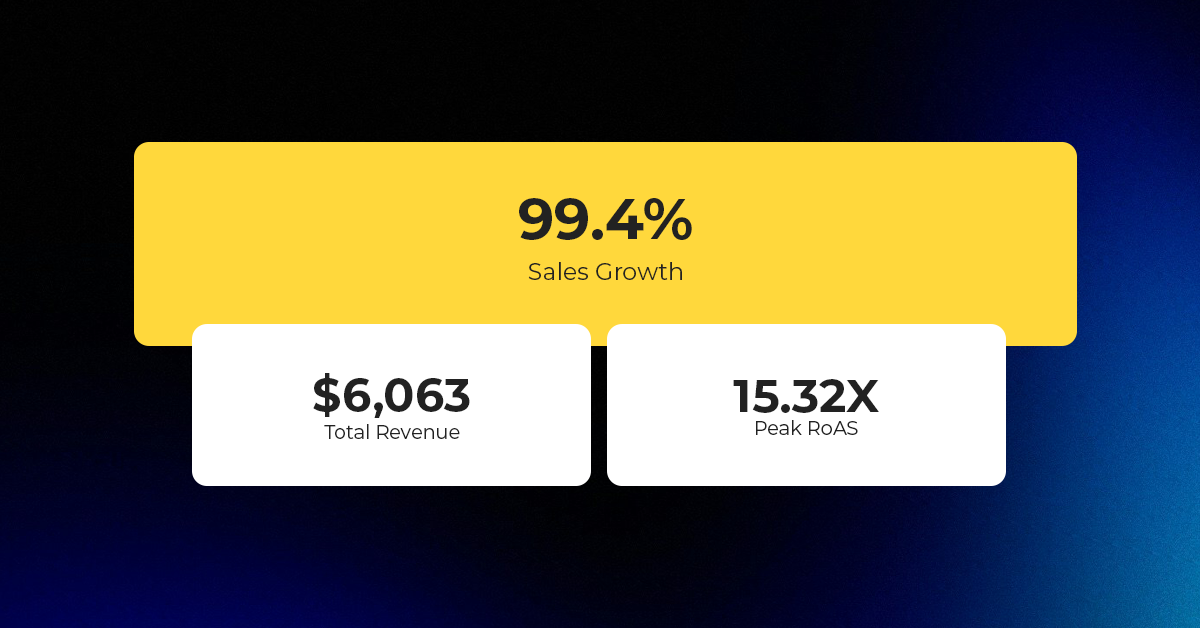
Reading Time: 2 minutesAbout the Brand Name: Ramjet.com Industry: Automotive Parts & Accessories Location: United…
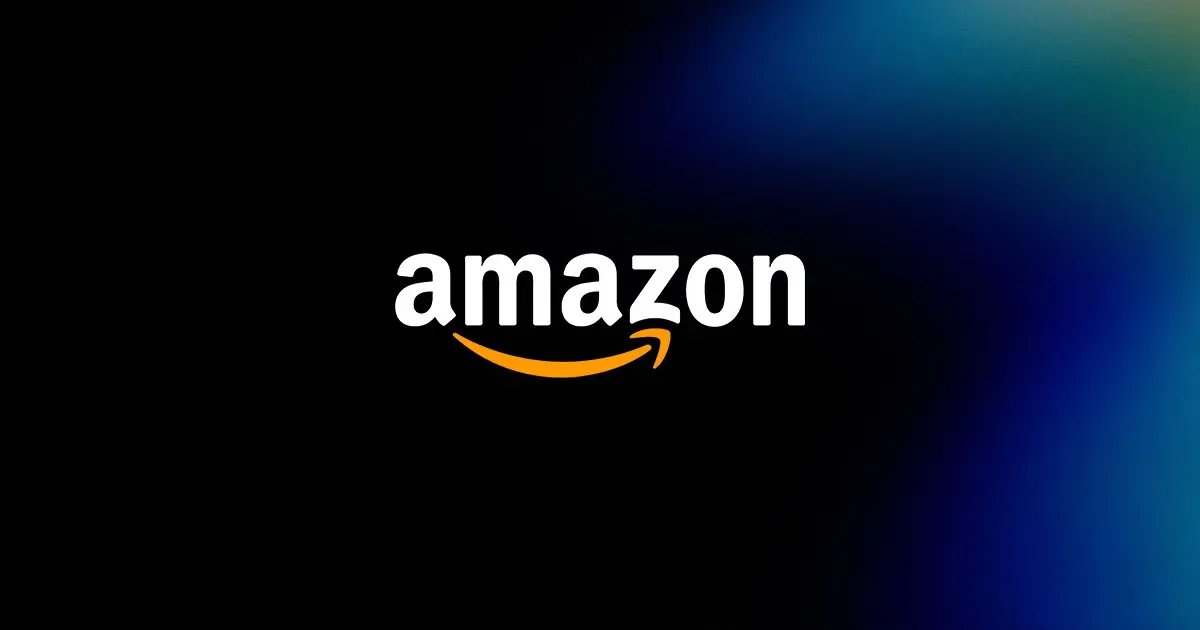
Reading Time: 2 minutesAmazon is rolling out strategic referral fee reductions across five major European…

Reading Time: 4 minutesQuick Summary: Scaling Lifestyle Powersports on eBay with CedCommerce Challenge: Zero marketplace…

Reading Time: 4 minutesTikTok has surpassed 460 million users across Southeast Asia, reinforcing its position…

Reading Time: 3 minuteseBay has released its final seller news update for 2025, with a…

Reading Time: 3 minutesAmazon has clarified its stance regarding speculation around a potential breakup between…
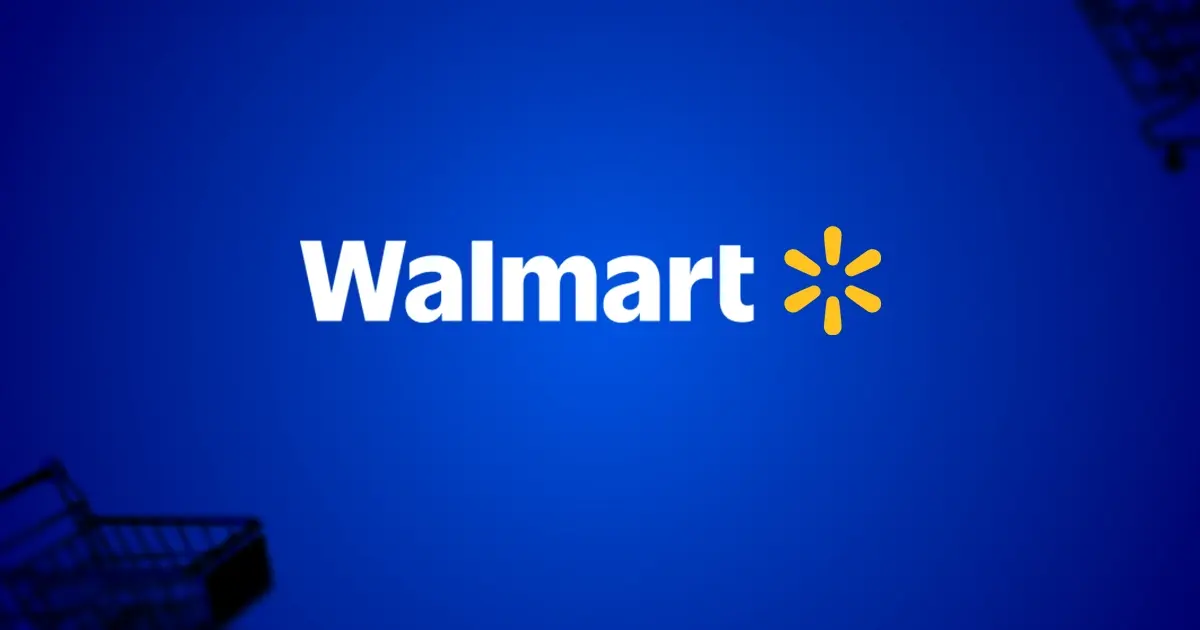
Reading Time: 4 minutesWalmart is accelerating its push into next-generation fulfillment by expanding its drone…

Reading Time: 4 minutesFaire, the fast-growing wholesale marketplace connecting independent retailers with emerging brands, has…

Reading Time: 4 minutesB2B buying in the United States is undergoing a fundamental behavioral shift…
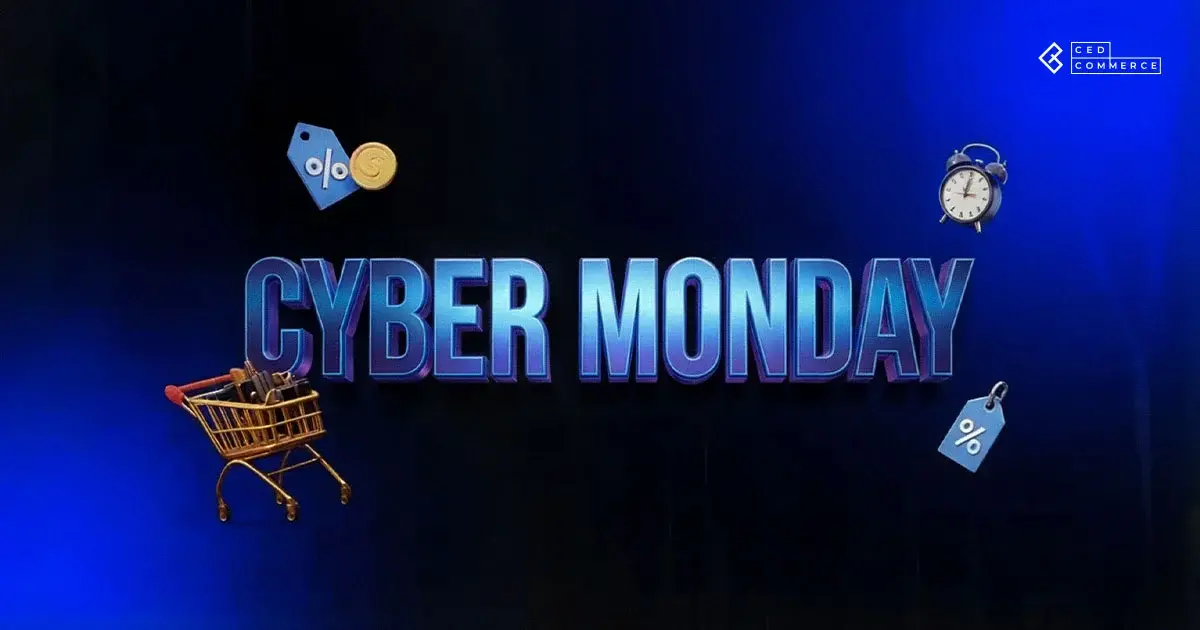
Reading Time: 3 minutesSummary Cyber Monday 2025 has officially become the largest online shopping day…

Reading Time: 2 minutesSummary Amazon kicked off December with two major developments shaping the future…

Reading Time: 2 minutesSummary Walmart has entered December with two major moves that signal a…
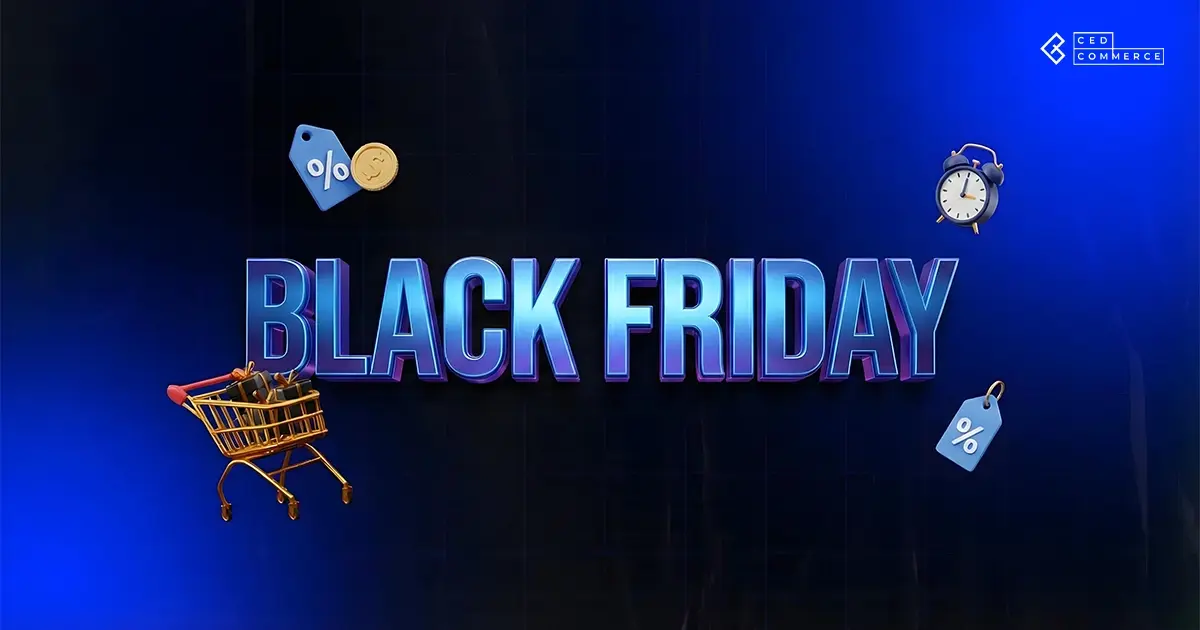
Reading Time: 2 minutesBlack Friday 2025 delivered the strongest U.S. eCommerce performance in history, as…
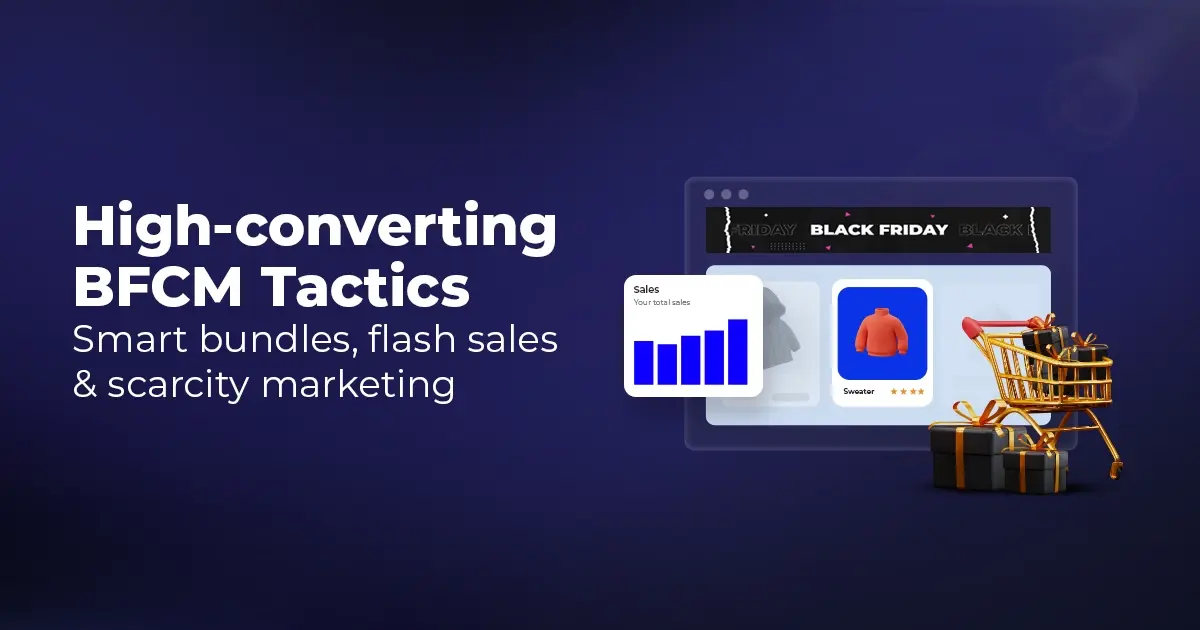
Reading Time: 13 minutesStill approaching BFCM with generic discounts, last-minute price cuts, or scattered promotions?…